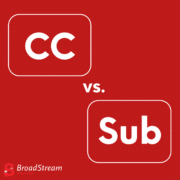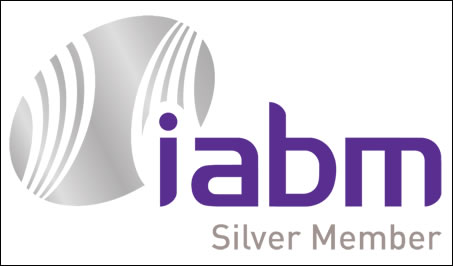FCC vs. ADA Caption Requirements
Are your videos in compliance with FCC and ADA requirements?
Both the FCC (Federal Communications Commission) and the ADA (Americans with Disabilities Act) strive to protect and assist individuals with disabilities. This includes individuals who are hard-of-hearing and their rights to have full access to video programming. To ensure access to video programming, the FCC and ADA have set standards and requirements for closed captioning on live and pre-recorded programming.
Does your programming meet their standards and requirements?
Let’s find out:
FCC Requirements for closed captioning on television –
FCC rules apply to all television programming with captions. The organization states that captions must be accurate, synchronous, complete, and properly placed.
- The program’s captions must match the spoken words while also displaying the background noises in an accurate manner.
- Captions must be synced with the audio of the programming. Text must coincide with the spoken words and sounds at the same time and speed.
- Captions must be included from the beginning of the programming to the end of the programming.
- Captions should not block any important visuals on the screen, overlap causing difficulty in reading, or run off the screen.
- It’s important to note that these rules also apply to internet video programming if the “video programming was broadcast on television in the U.S. with captions.”
ADA Compliance Laws for Closed Captioning –
The ADA closed captioning guidelines are targeted towards government institutions, public schools and universities, as well as businesses and non-profit organizations that serve the public. The closed captioning requirements for both television and online internet video content are designed to ensure that captions are being created correctly.
- Each caption should hold 1-3 lines of text onscreen at a time, and should not exceed 3 lines.
- Captions should have an accuracy of 99%.
- The captioning font should be similar to Helvetica
- Background noises, or non-speech sounds, should be added in square brackets.
- Punctuation and both lower and upper case letters should be used
- Captions should reflect slang words used in the audio
You can find more information about the ADA’s captioning regulations from their website linked here.
Are there any exclusions?
It’s important to understand that captioning rules only apply to videos that have been aired on television. If content has never been aired on television, then these rules do not apply. However, although not legally required to have accurate captioning, these videos should still include accurate captions. Why? Because video with captions reach a much wider audience. Videos with accurate captions help individuals who are deaf or experience hearing loss to still enjoy the content. Captions allow individuals who are only able to watch the content with the sound off to still enjoy the video. Captions improve retention rates for videos filled with important information, and deliver a better viewing experience.
Are you following FCC and ADA guidelines? If not, a complaint could be filed against you and legal actions may be taken.
Be safe, avoid potential and unnecessary legal problems by captioning your videos with accurate and correctly placed captions.
To learn more about captioning software that complies with FCC and ADA guidelines, visit our Subtitling & Captioning Page.












